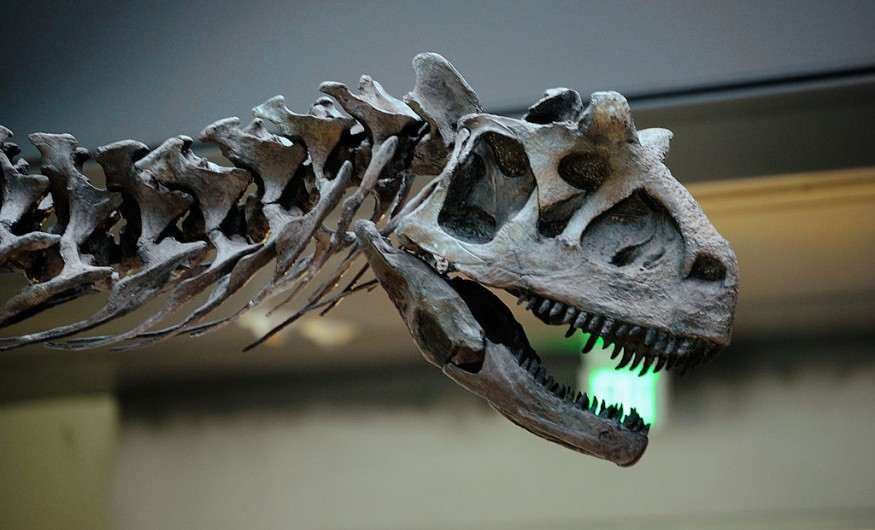Experts found the rare and first-ever fossils of Dicraeosaurid Sauropod in India that could date back 167 million years ago. The researchers named the new fossils 'Tharosaurus indicus.'
With advanced technology, researchers can study the species' behavior. The new fossils is essential to understanding the existence of animals and dinosaurs that existed millions of years ago.
India has been known for its unique biodiversity and species. According to researchers, they discovered the fossils of dicraeosaurid sauropod near the Thar Desert in Rajasthan's state.
First-ever remains of Dicraeosaurid Sauropod Fossils

According to the study published in Scientific Reports, sauropods are known for their long neck and small skulls, which the new fossils could date back 167 million years ago.
They named the new fossils Tharosaurus indicus. The term derives from the following:
- Tharo means a desert in parts of Western India
- Sauros refers to a Greek word meaning lizard.
- The sauropods are believed to come from the era of the Late Triassic.
The discovery can also help researchers look for the same fossils of dinosaurs, which India can be rich in dinosaur fossils and neosauropod dinosaurs.
India has been essential for paleontological discoveries. In a study published in PLOS ONE, researchers found over 250 fossilized eggs of titanosaurs and 92 nesting sites.
The recent findings can help understand dinosaur behaviors and evolutionary history. The nesting discovery can offer new insights into the dinosaur's nesting habits.
More facts about dinosaurs and ancient species
According to reports, dinosaurs lived at least 245 million years before becoming extinct, which fossils can be found in about seven continents.
Experts managed to track dinosaur eggs and finally unearthed at least 700 extinct species of dinosaurs. For instance, discovering parts of dinosaurs can decipher how they looked for food.
In Brazil, experts found dinosaur fossils in South Brazil. The study was published in the Anatomical Record journal. The unique air sac systems of dinosaurs allowed them to row in size despite the challenging or extreme environments.
Furthermore, the air sacs helped them grow to more than 30 meters in length.
In northeastern Liaoning Province, China, 128 million years old fossils of dinosaurs showed that a small mammal attempted to fight a giant dinosaur. It revealed the first fossils of combat between two ancient animals.
According to a study in Scientific Reports, the gobiconodontid mammal was locked in combat with the dinosaur before the lahar flow interrupted the fight.
Amazingly, the small mammal managed to bite the dinosaur's lower jaw, positioning on top of the big predator.
Recently, NWN also reported ancient species and animals uncovered.
- Researchers found well-preserved mummified fossils of bee cocoons in Portugal that likely existed 3000 million years ago.
- Meanwhile, 20,000 refugium of Orcas were discovered in the Northern Pacific. It could provide new insights into the existence of killer whales in the area.
]
Related Article : Very Rare 125 Million Years Dinosaur Fossils Unearthed in China
For more similar stories, don't forget to follow Nature News.
© 2025 NatureWorldNews.com All rights reserved. Do not reproduce without permission.





